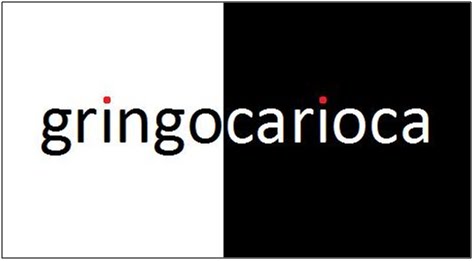“Metaphor, the revealer of nature, is the very substance of poetry. The known interprets the obscure, the universe is alive with myth. The beauty and freedom of the observed world furnish a model, and life is pregnant with art.”
“Art and poetry deal with the concrete of nature . . . Poetry is finer than prose because it gives us more concrete truth in the same compass of words. Metaphor, its chief device, is at once the substance of nature and language. Poetry only does consciously what the primitive races did unconsciously. The chief work of literary men in dealing with language, and of poets especially, lies in feeling back along the ancient lines of advance. He must do this so that he may keep his words enriched by all their subtle undertones of meaning. The original metaphors stand as a kind of luminous background, giving color and vitality, forcing them closer to the concreteness of natural processes . . . For these reasons poetry was the earliest of the world arts; poetry, language and the care of myth grew up together.”
“With us, the poet is the only one for whom the accumulated treasures of the race-words are real and active. Poetic language is always vibrant with fold on fold of overtones, and with natural affinities . . .”
“The more concretely and vividly we express the interactions of things the better the poetry . . . Poetic thought works by suggestion, crowding maximum meaning into the single phrase pregnant, charged, and luminous from within.”
“The poet can never see too much or feel too much . . . The prehistoric poets who created language discovered the whole harmonious framework of nature, they sang out her processes in their hymns . . . Thus in all poetry, a word is like a sun, with its corona and chromosphere; words crowd upon words, and enwrap each other in their luminous envelopes until sentences become clear, continuous light-bands.”
(Ernest Fenollosa, “The Chinese Written Character as a Medium for Poetry,” Ed. Ezra Pound)
.bmp)
No comments:
Post a Comment